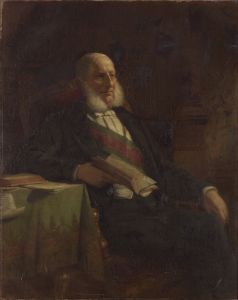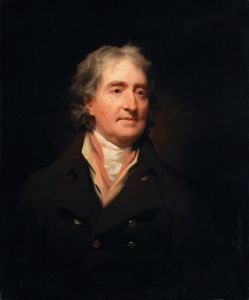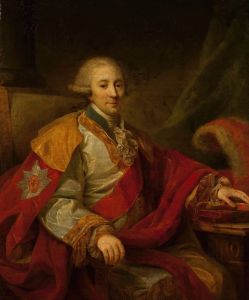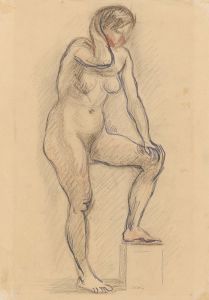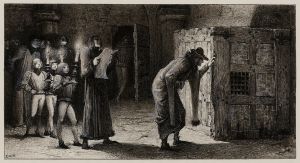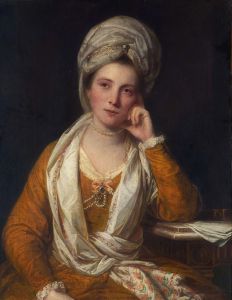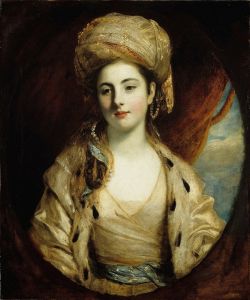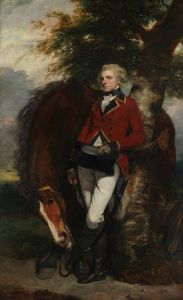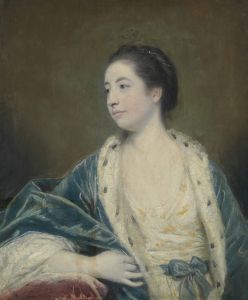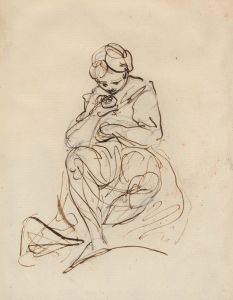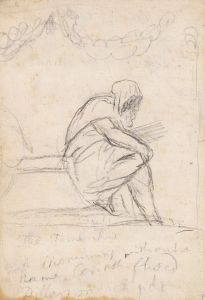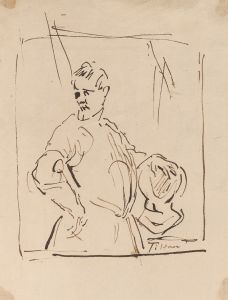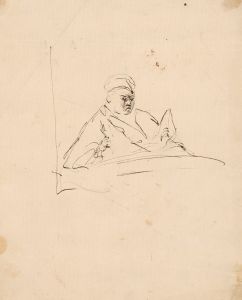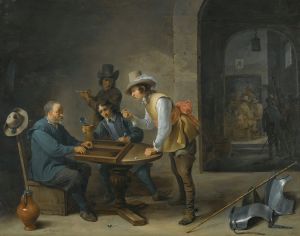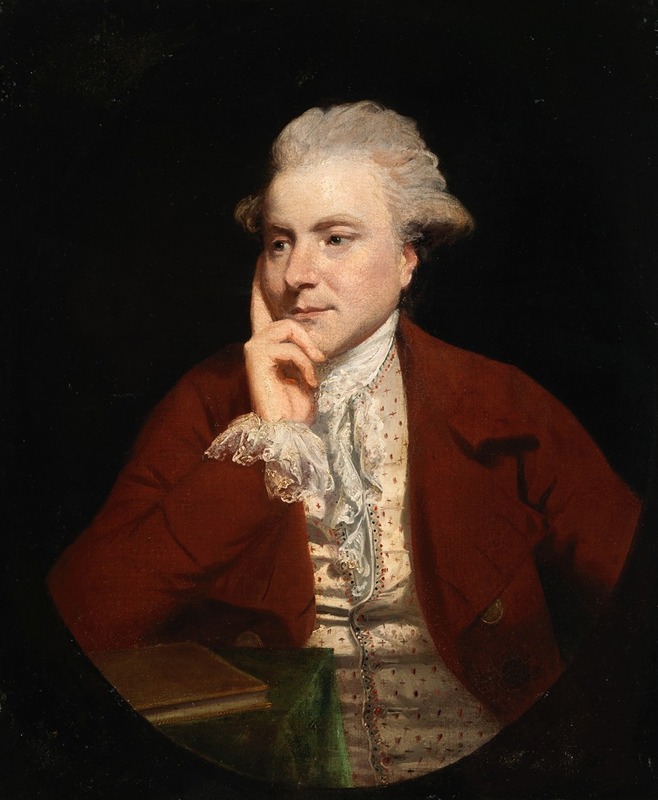
Richard Malone, Lord Sunderlin
A hand-painted replica of Sir Joshua Reynolds’s masterpiece Richard Malone, Lord Sunderlin, meticulously crafted by professional artists to capture the true essence of the original. Each piece is created with museum-quality canvas and rare mineral pigments, carefully painted by experienced artists with delicate brushstrokes and rich, layered colors to perfectly recreate the texture of the original artwork. Unlike machine-printed reproductions, this hand-painted version brings the painting to life, infused with the artist’s emotions and skill in every stroke. Whether for personal collection or home decoration, it instantly elevates the artistic atmosphere of any space.
Sir Joshua Reynolds was a prominent 18th-century English painter, known for his significant contributions to portraiture. One of his works, "Richard Malone, Lord Sunderlin," exemplifies his mastery in capturing the character and status of his subjects. Reynolds was a founding member and the first president of the Royal Academy of Arts, and his influence on the art of portrait painting was profound, shaping the tastes and styles of his time.
Richard Malone, 1st Baron Sunderlin, was an Irish peer and politician. Born in 1738, he was part of the Malone family, which held considerable influence in Ireland. His elevation to the peerage as Baron Sunderlin in 1785 marked his prominence in society. The portrait by Reynolds likely reflects Malone's status and his role within the socio-political landscape of the time.
Reynolds was known for his grand style, which often involved the use of rich colors, dramatic lighting, and a keen attention to the textures of fabrics and skin. His portraits were not mere likenesses; they were carefully composed to convey the personality and social standing of the sitter. In the case of "Richard Malone, Lord Sunderlin," Reynolds would have employed these techniques to emphasize Malone's nobility and sophistication.
The painting would have been executed with Reynolds' characteristic use of layered glazes, which gave his works a luminous quality. This technique allowed him to achieve depth and subtlety in the depiction of his subjects. Reynolds often drew inspiration from the Old Masters, and his works frequently included elements reminiscent of classical art, which added a timeless quality to his portraits.
Reynolds' portraits were highly sought after by the elite of his time, and his ability to capture the essence of his sitters made him a favorite among the aristocracy. His studio was a bustling hub of activity, where he employed numerous assistants to help with the preparation of canvases and the execution of less critical parts of the paintings. Despite this, Reynolds maintained a high level of personal involvement in the creation of his works, ensuring that each portrait met his exacting standards.
The portrait of Richard Malone, Lord Sunderlin, would have been a significant commission for Reynolds, reflecting both the artist's and the sitter's standing in society. Such portraits were not only personal mementos but also statements of power and influence, often displayed prominently in the homes of the subjects or their descendants.
While specific details about the painting "Richard Malone, Lord Sunderlin" by Sir Joshua Reynolds may not be extensively documented, the general practices and style of Reynolds provide insight into what the portrait would have represented. It stands as a testament to Reynolds' skill and the cultural milieu of 18th-century Britain and Ireland, where art served as a crucial medium for expressing identity and status.





